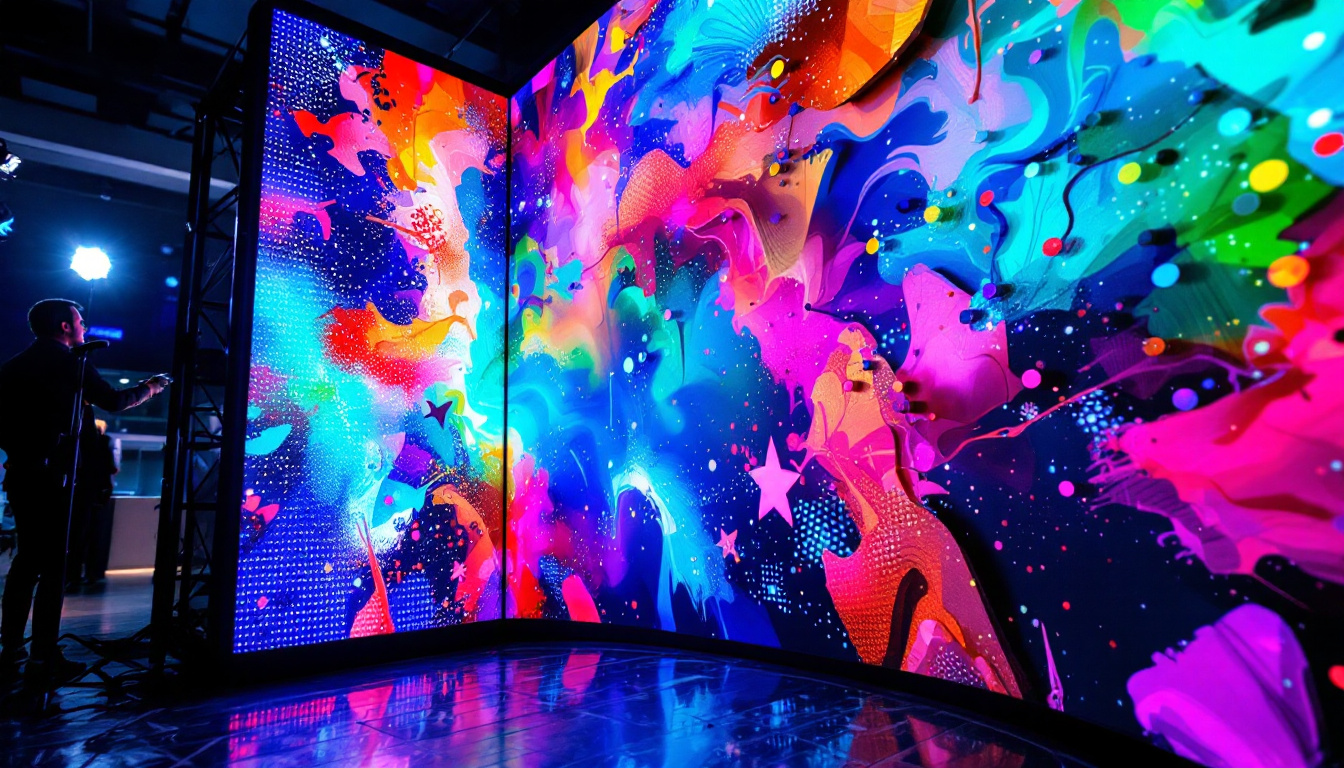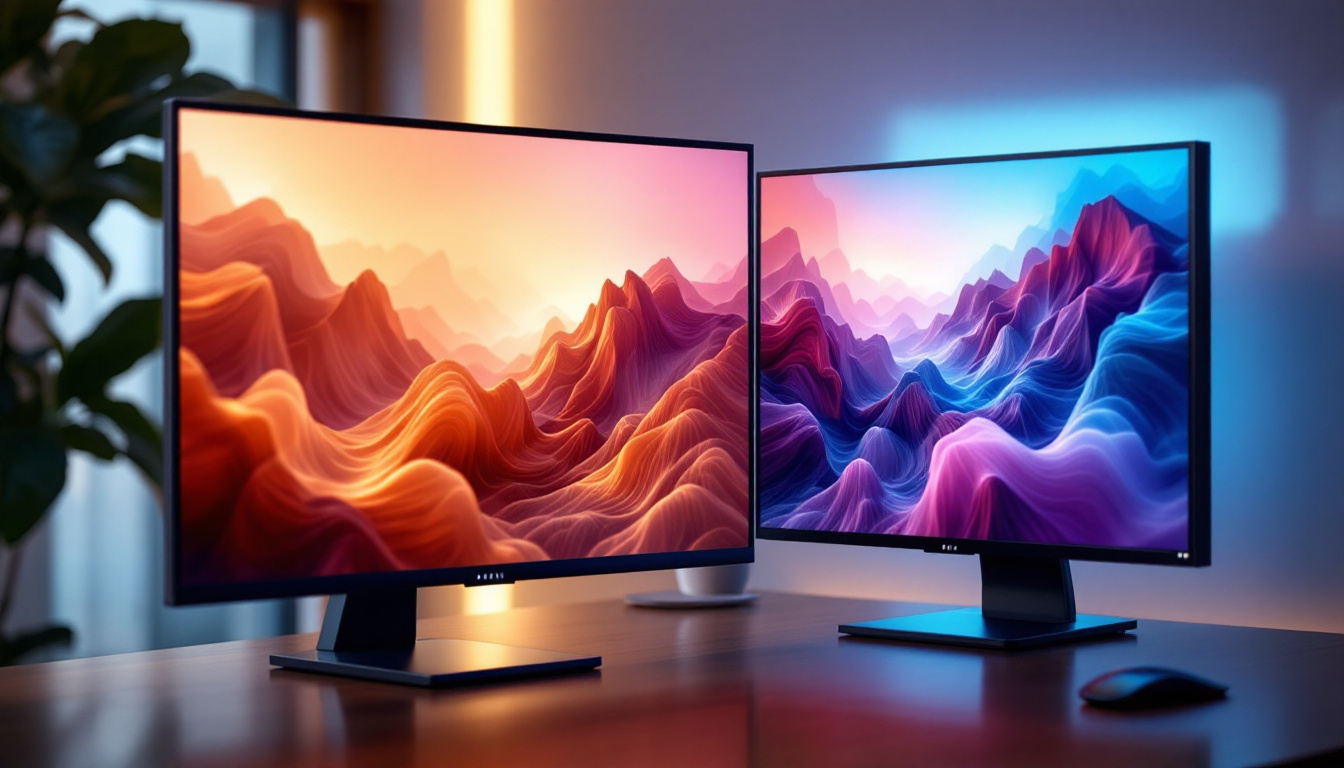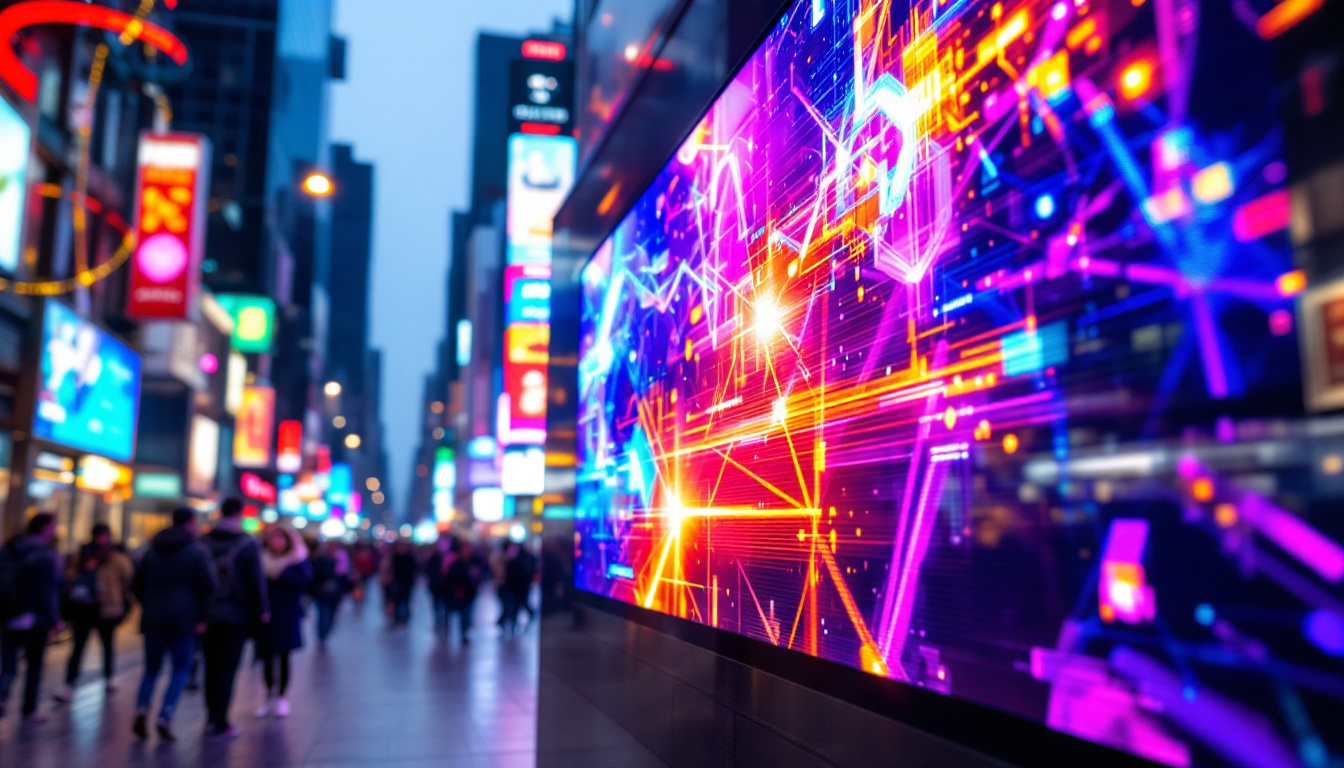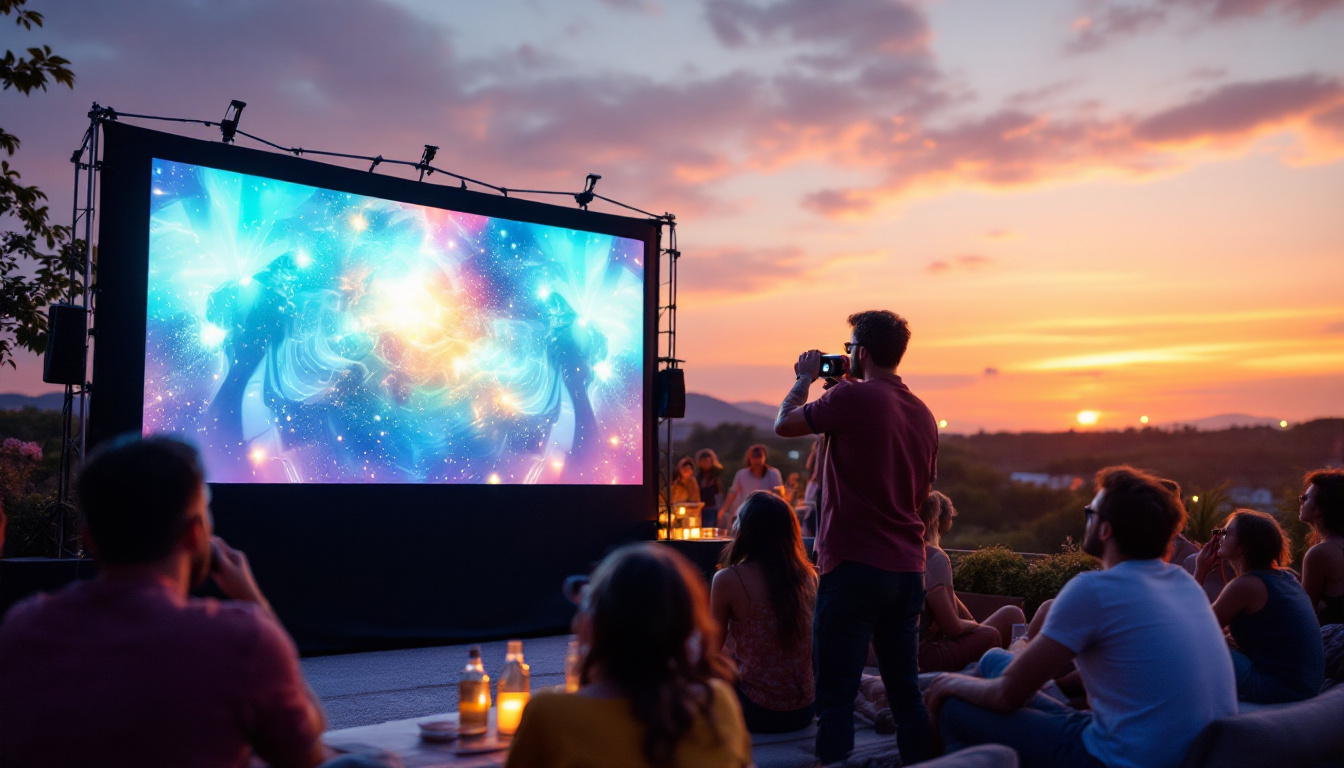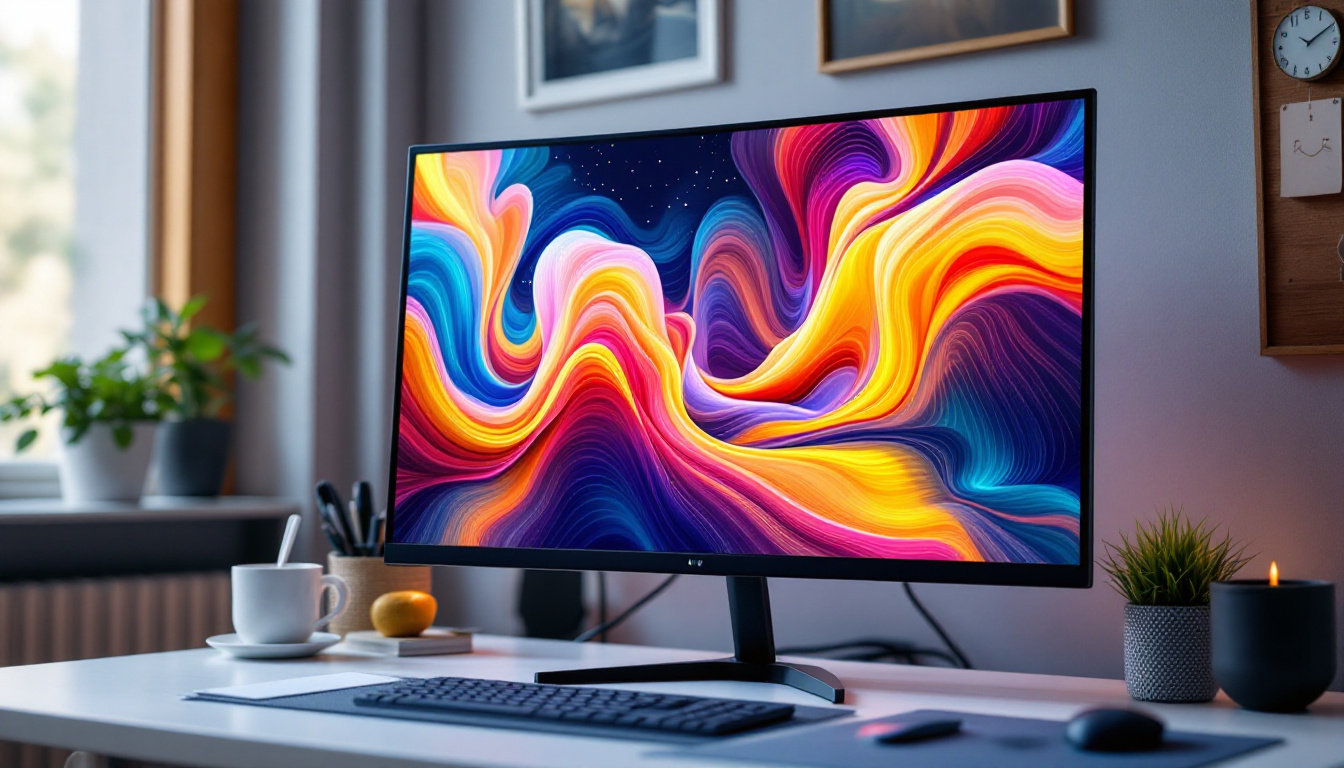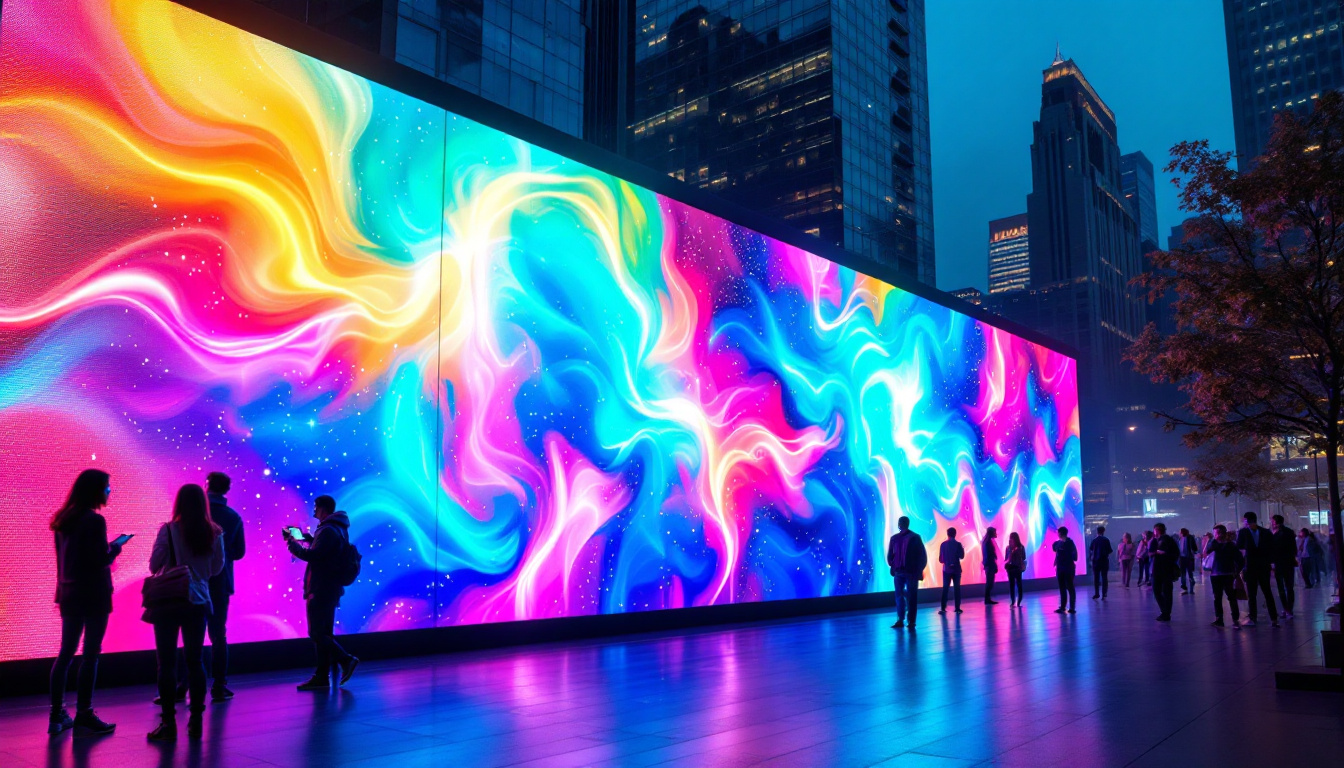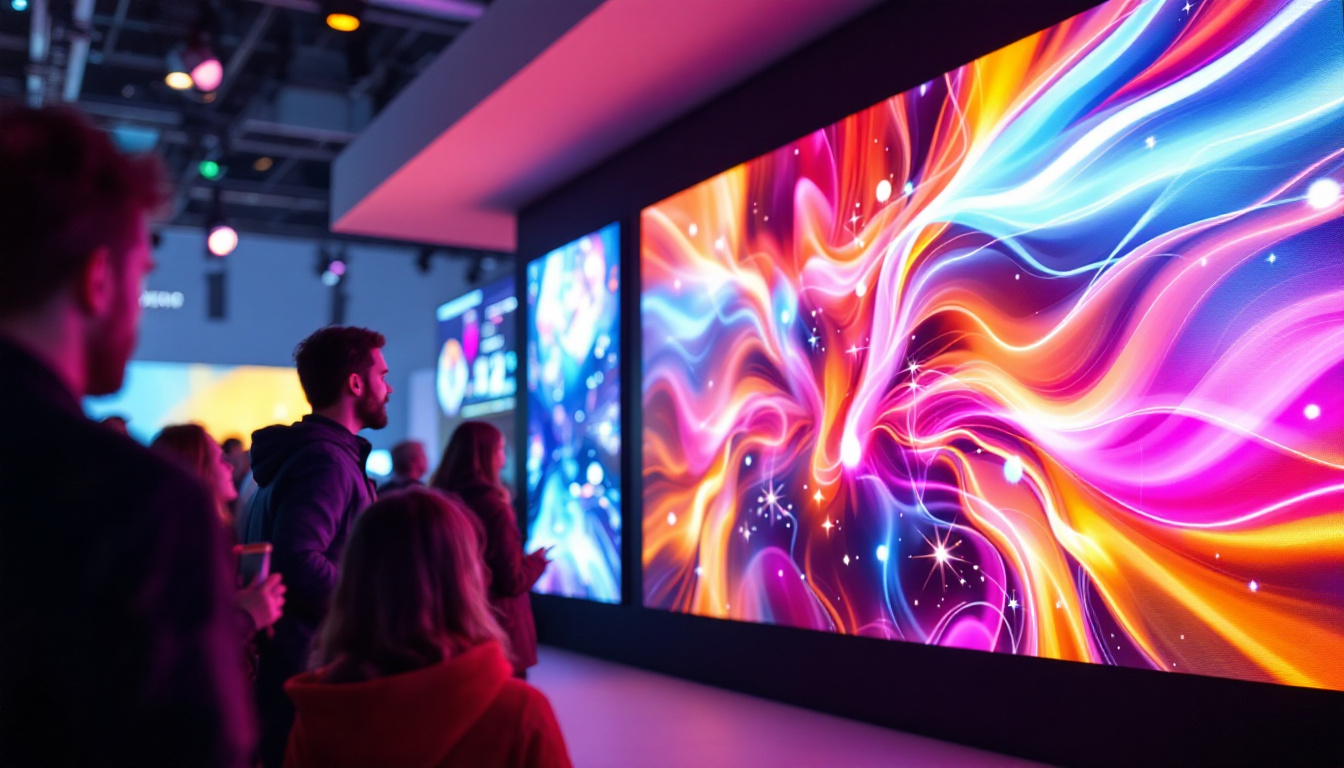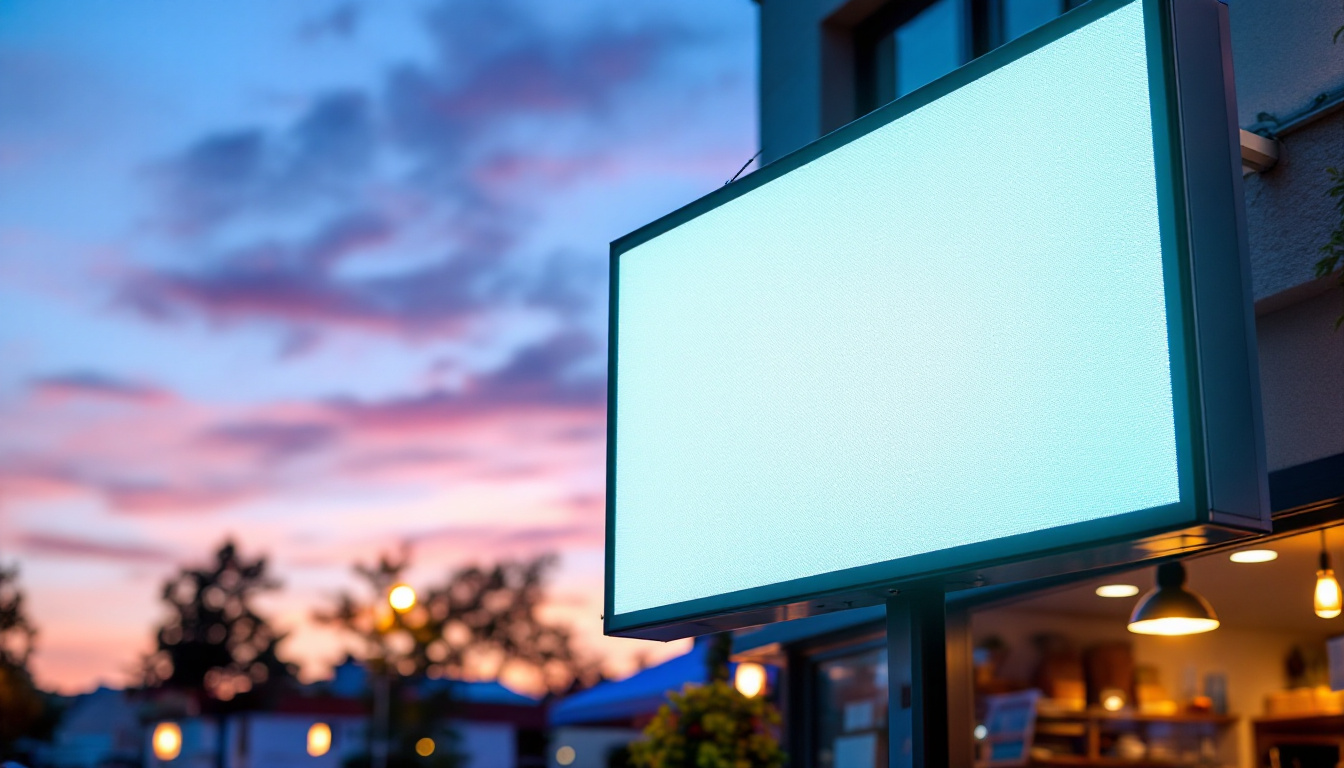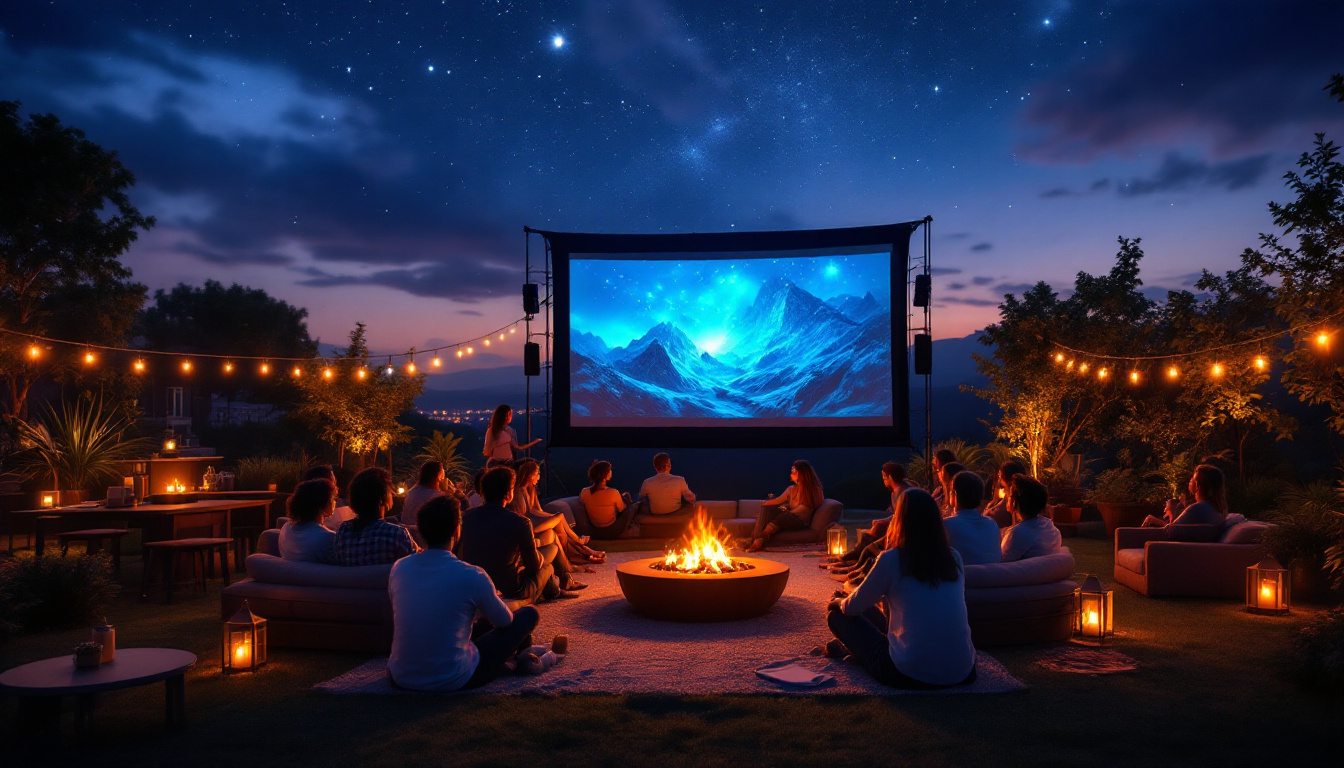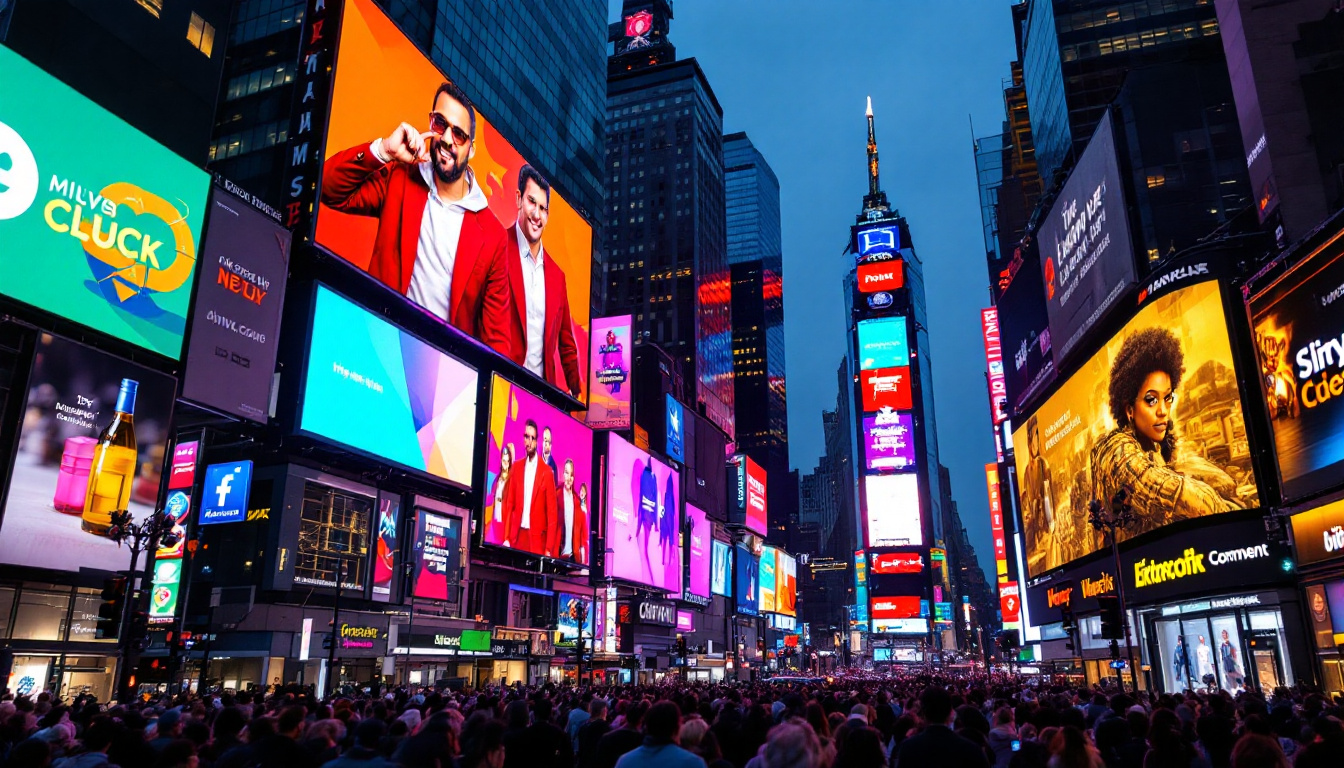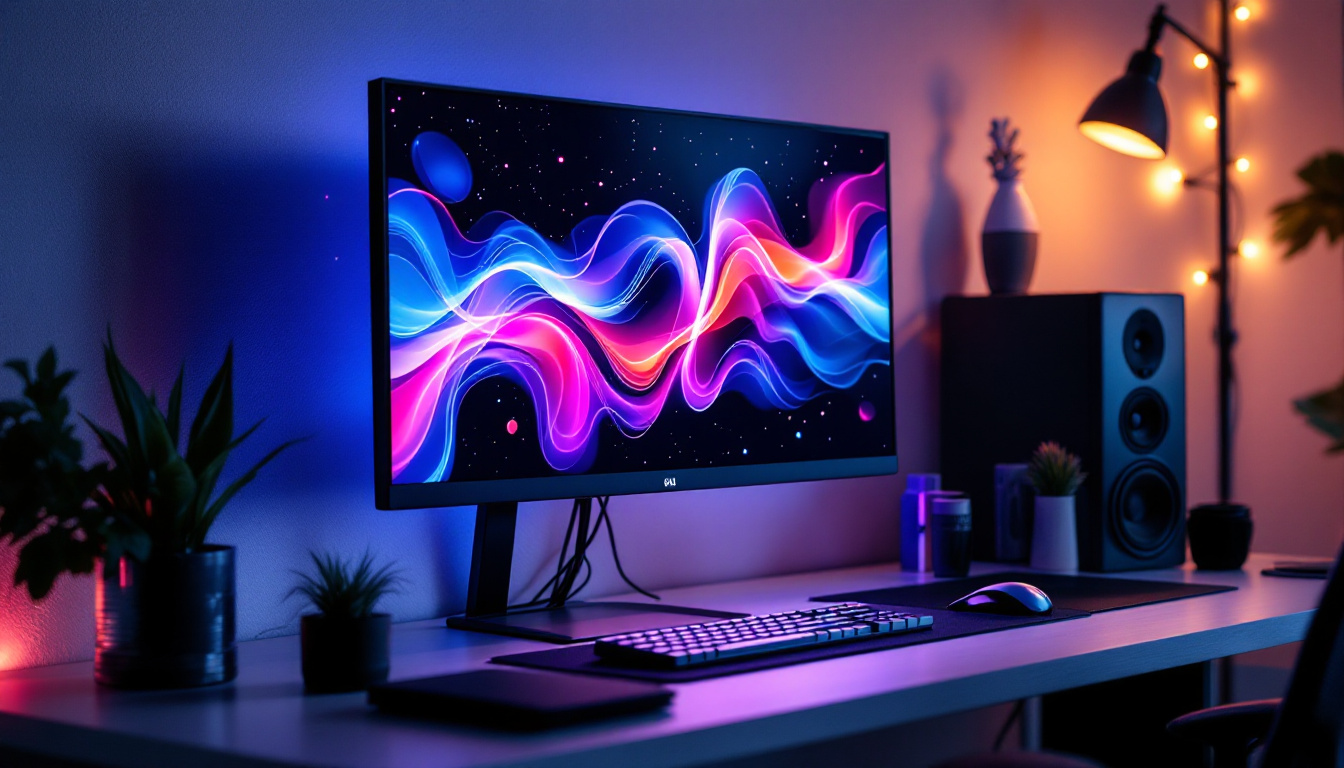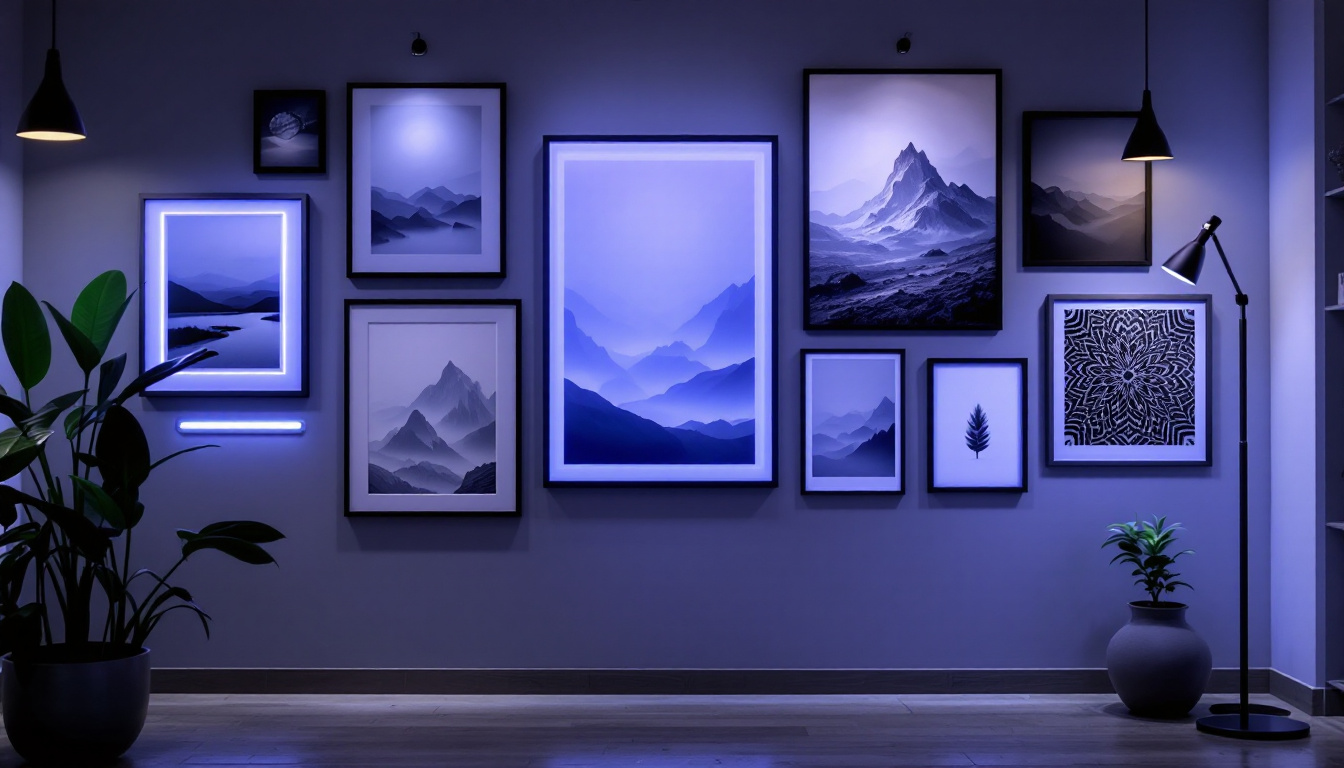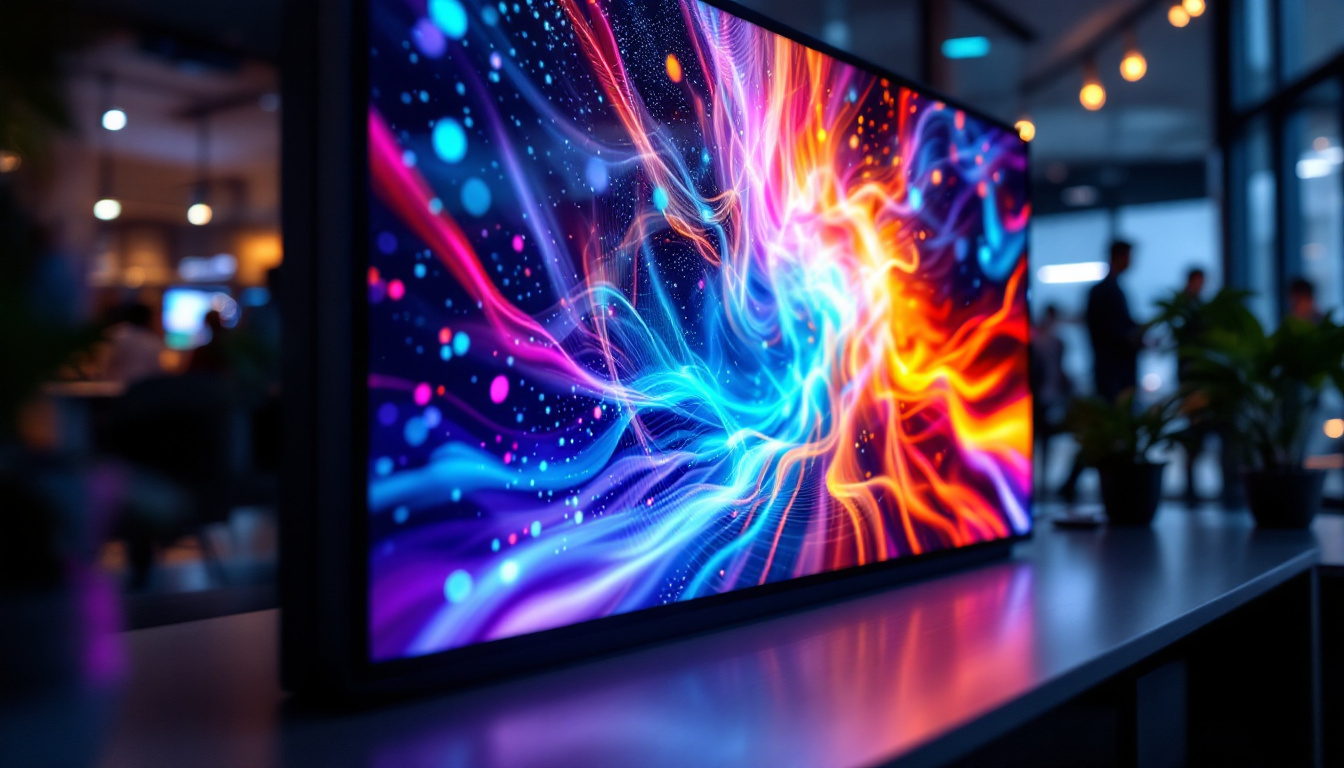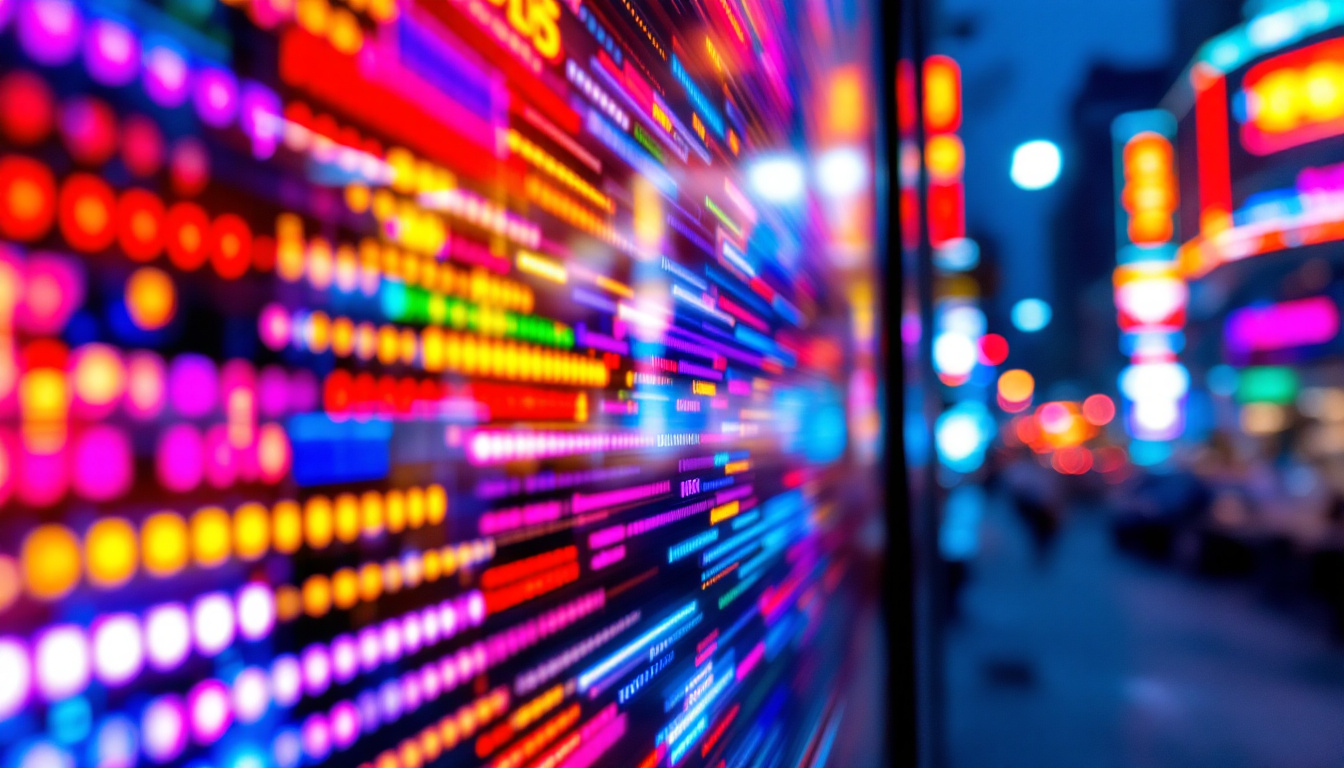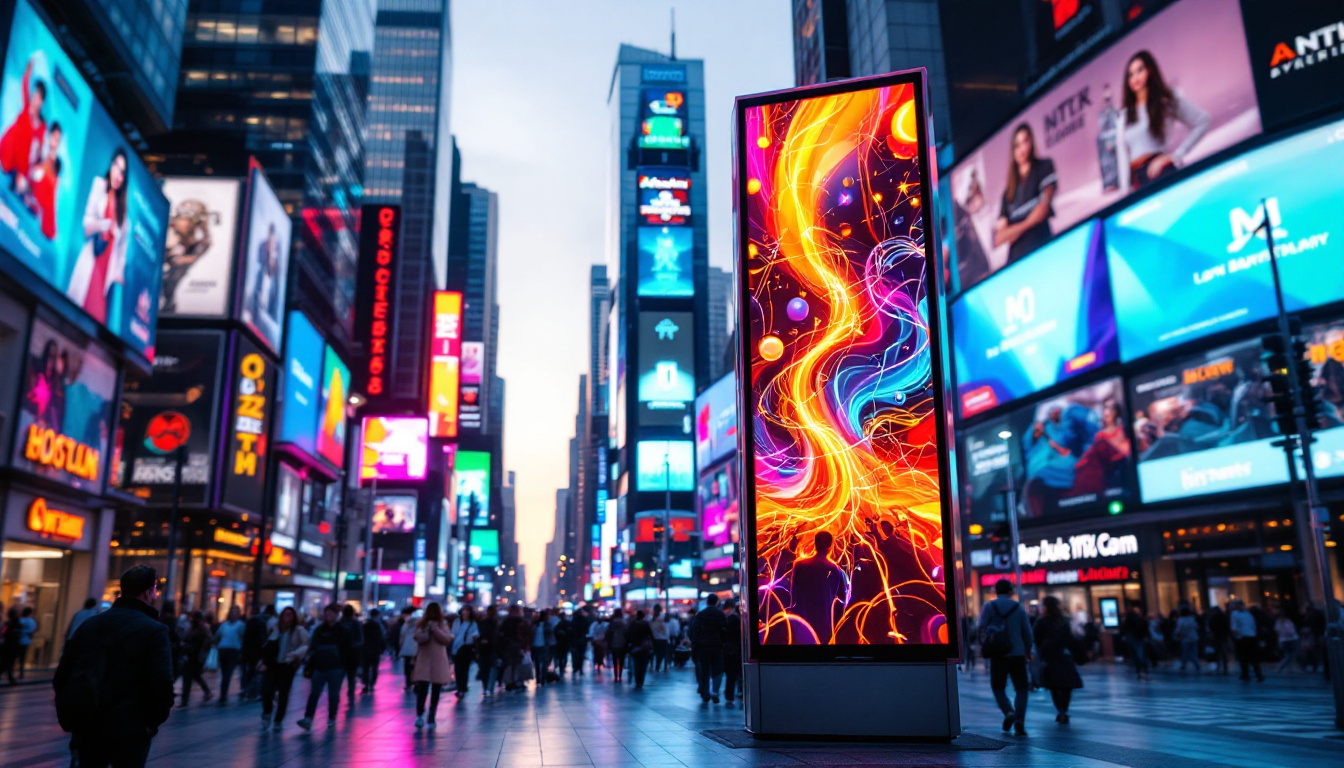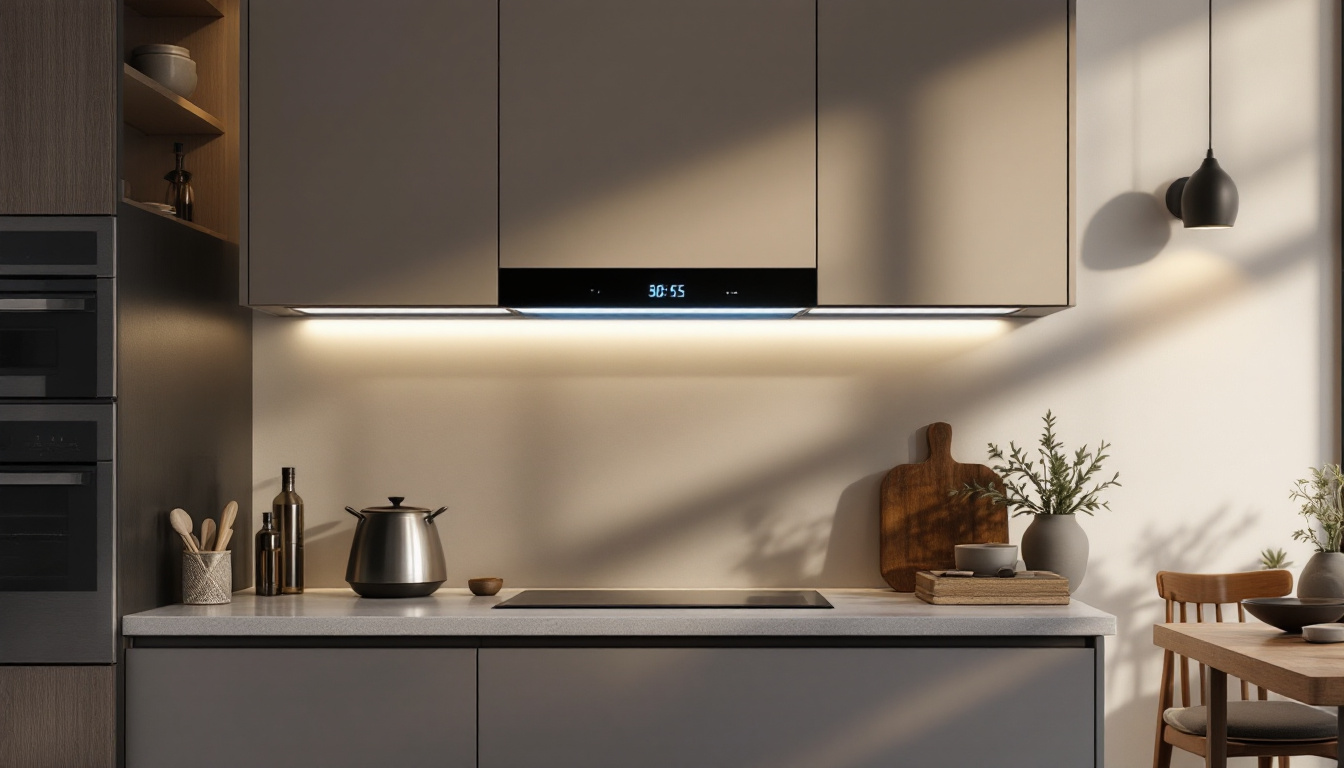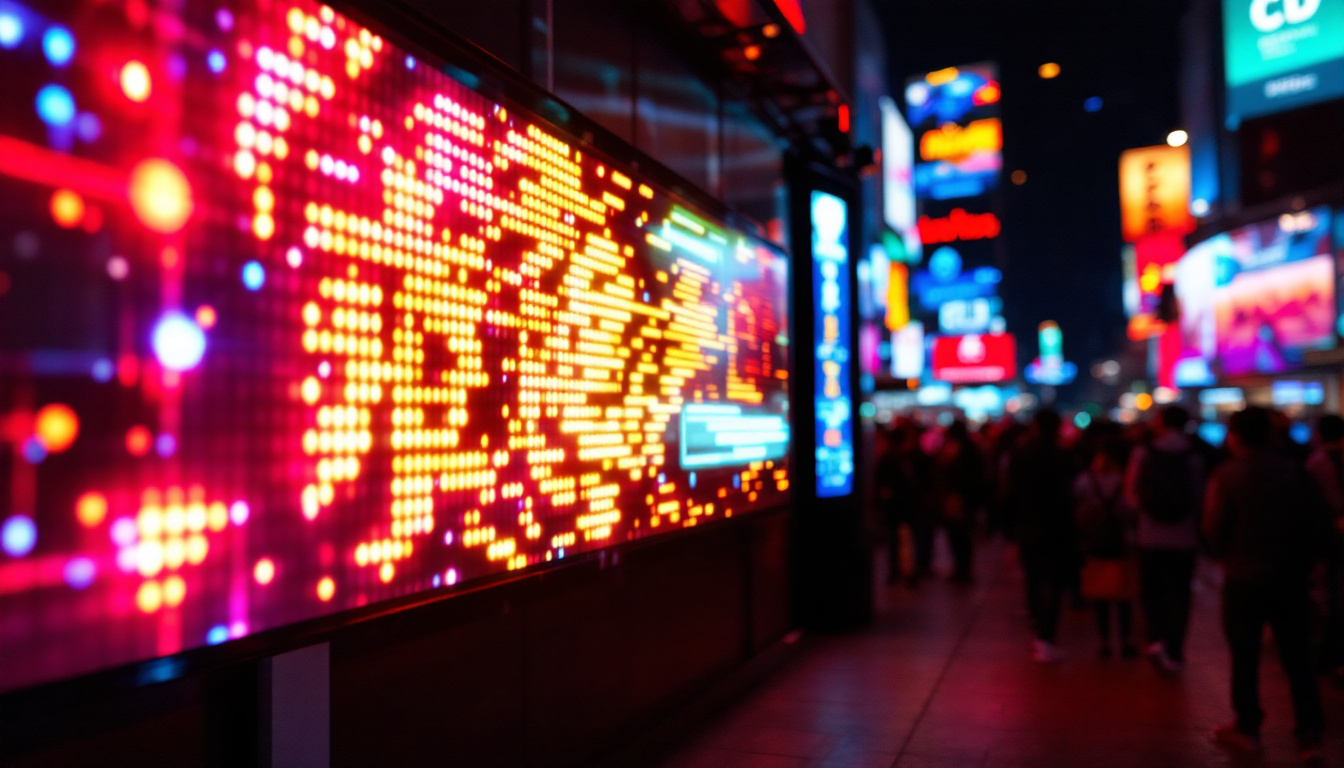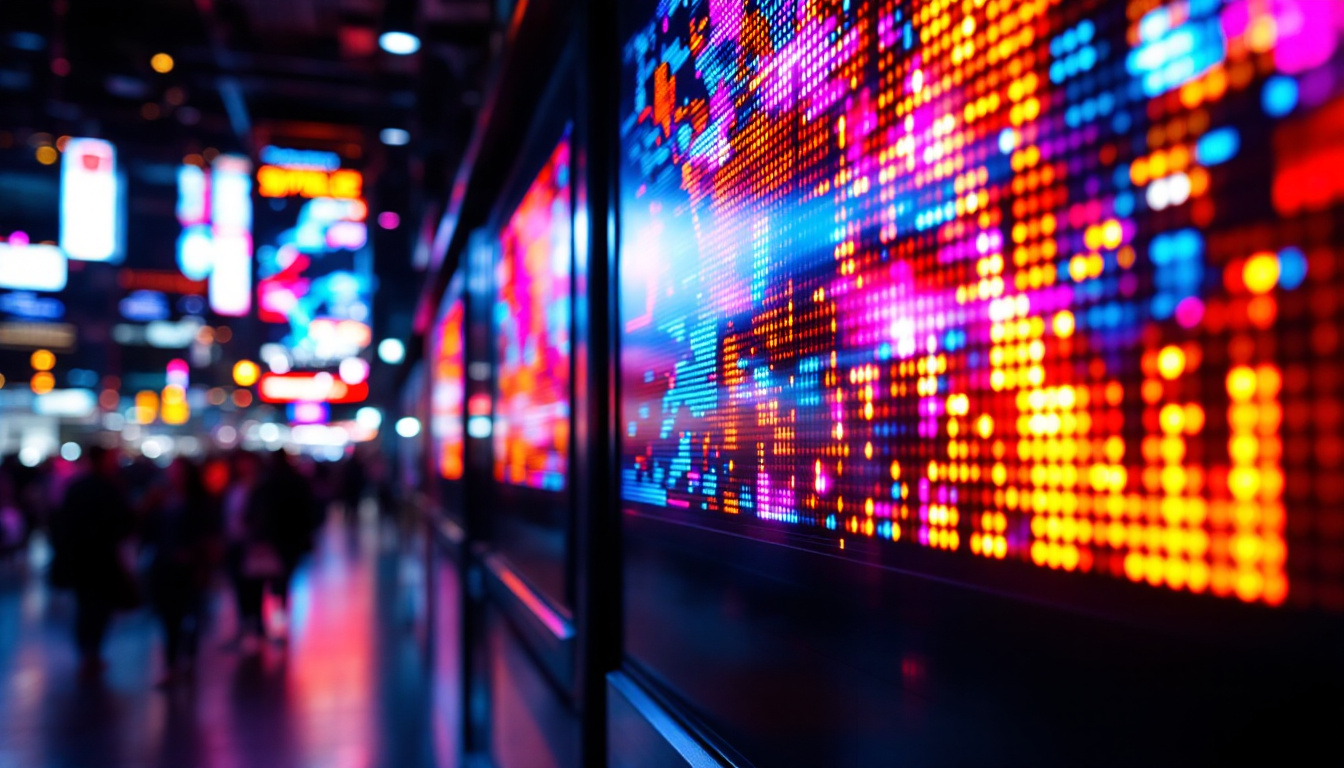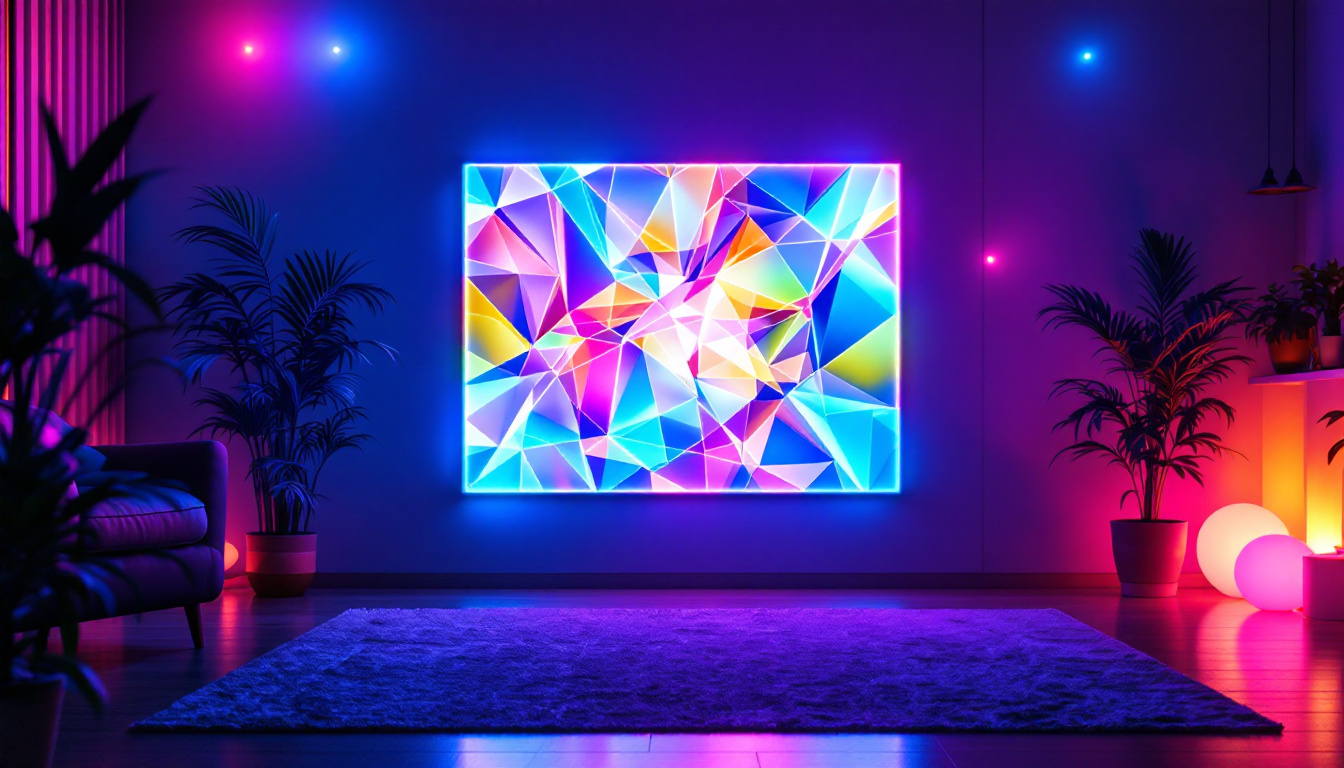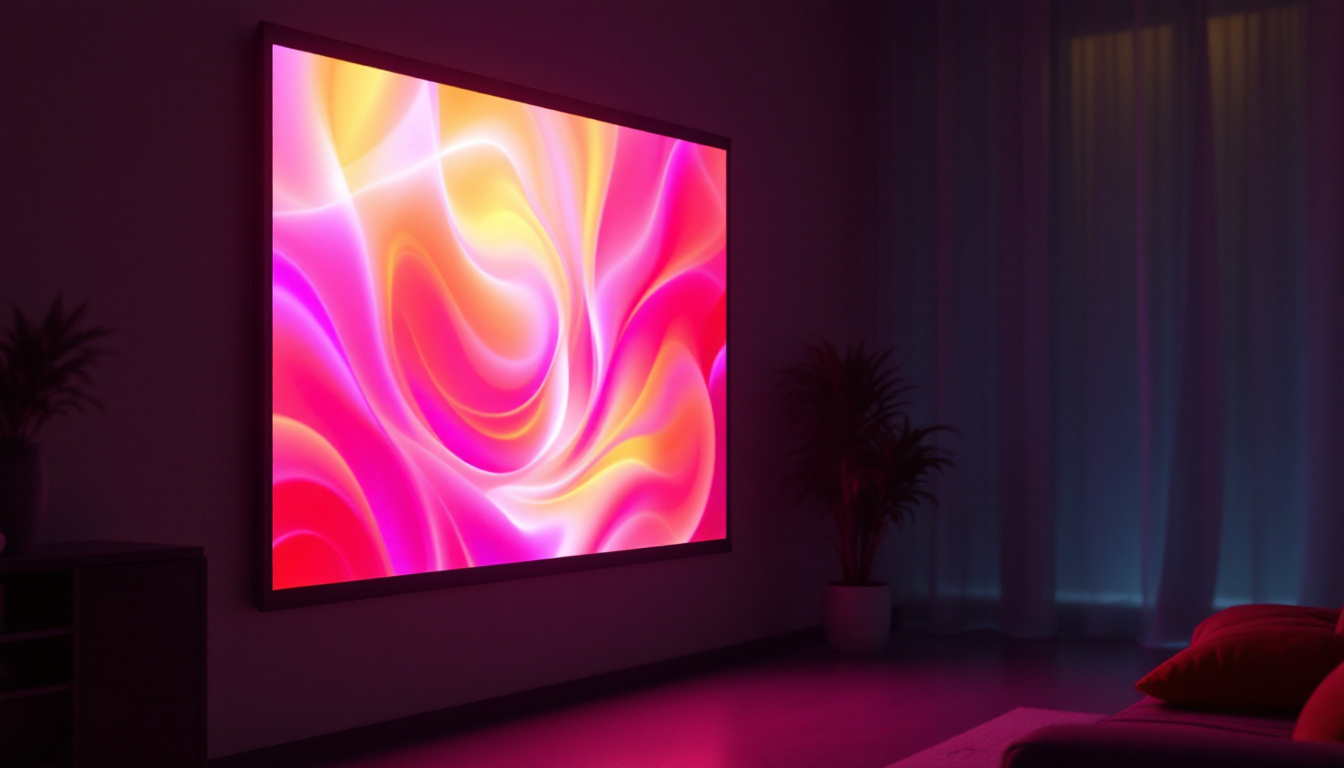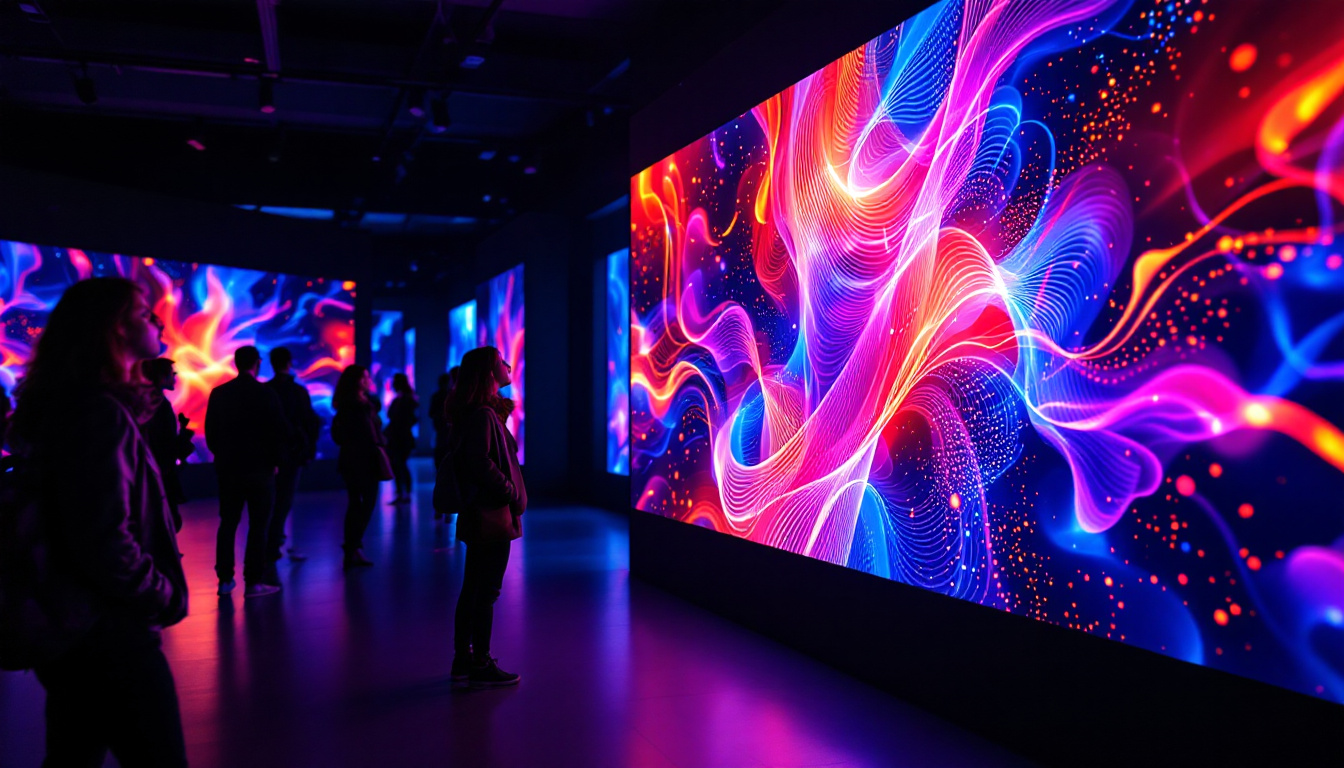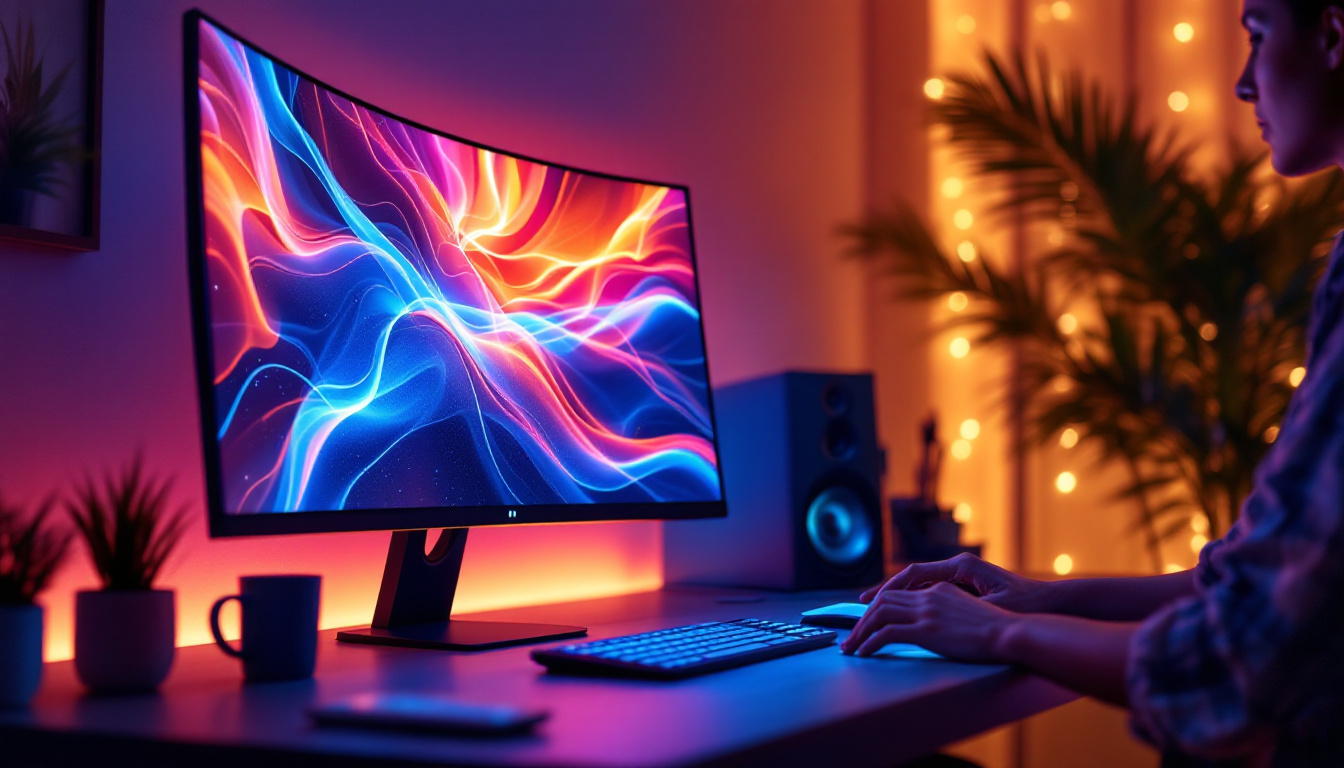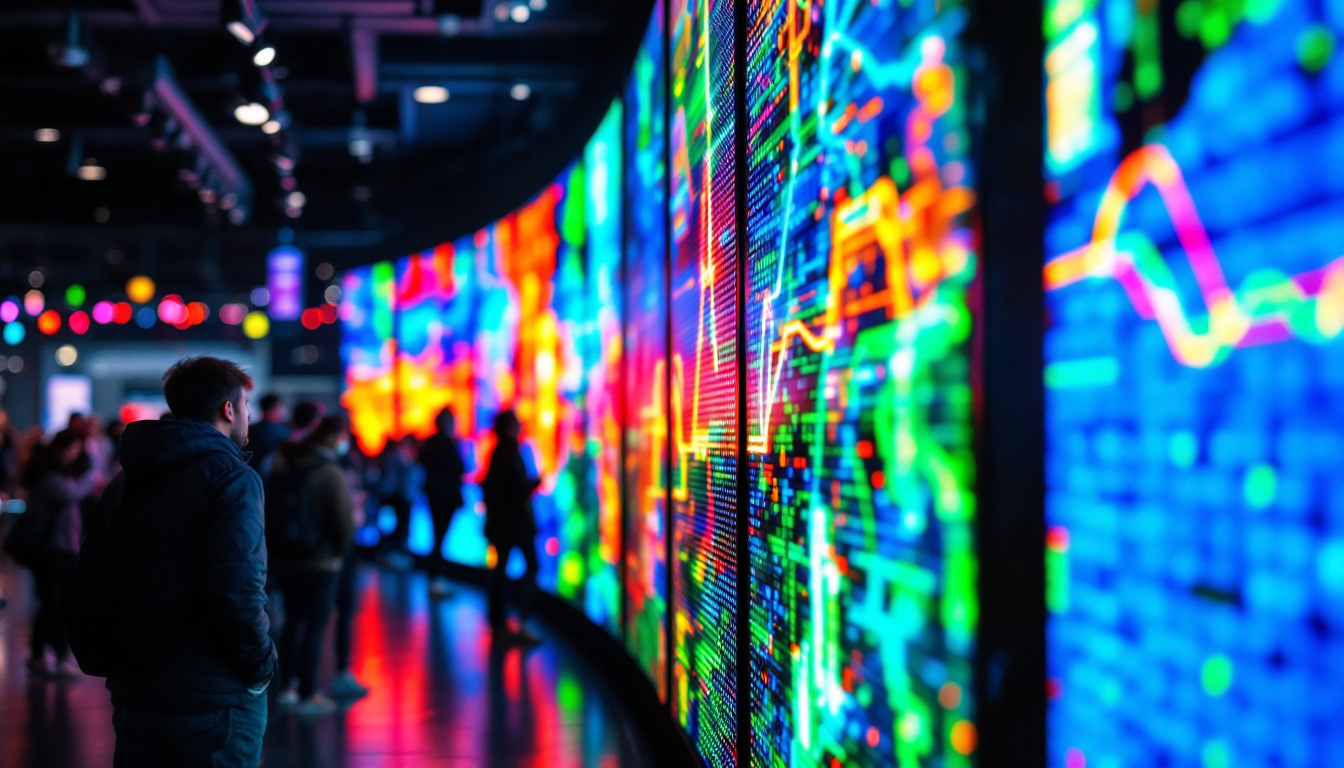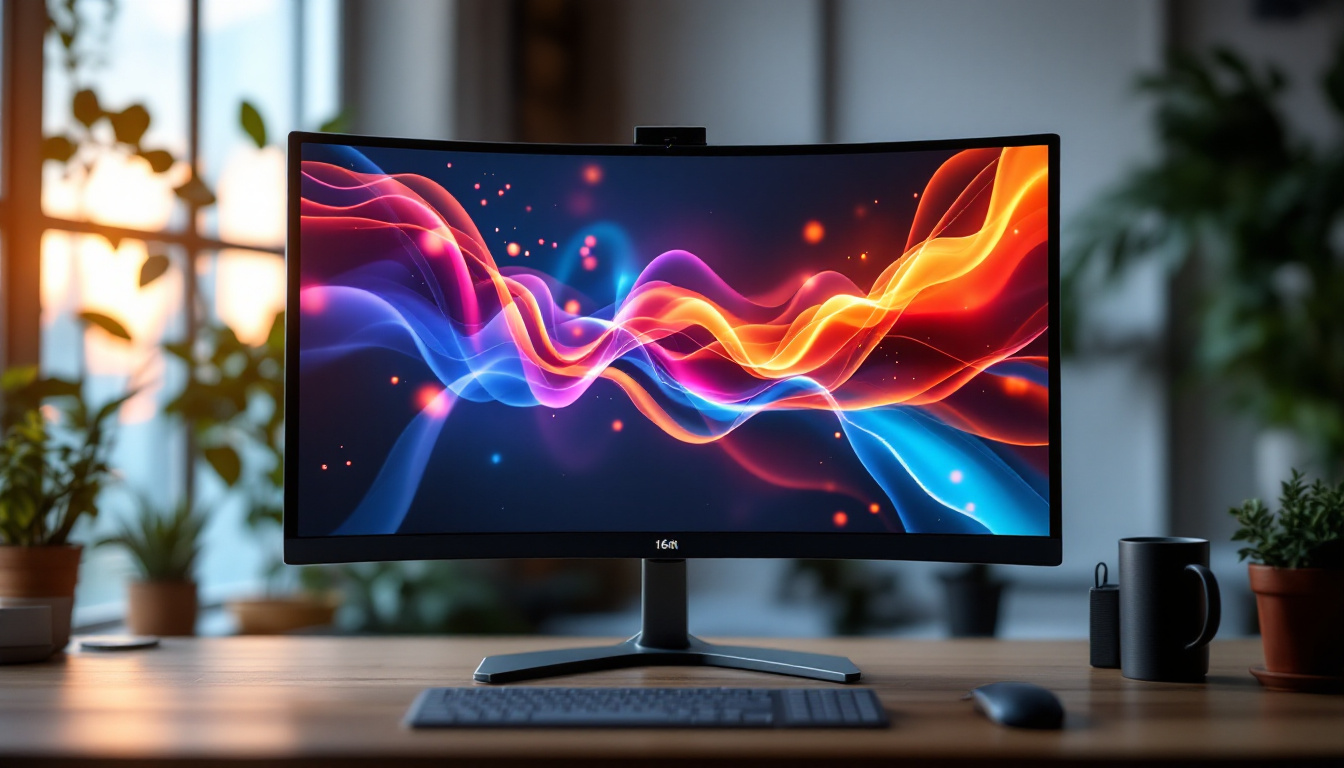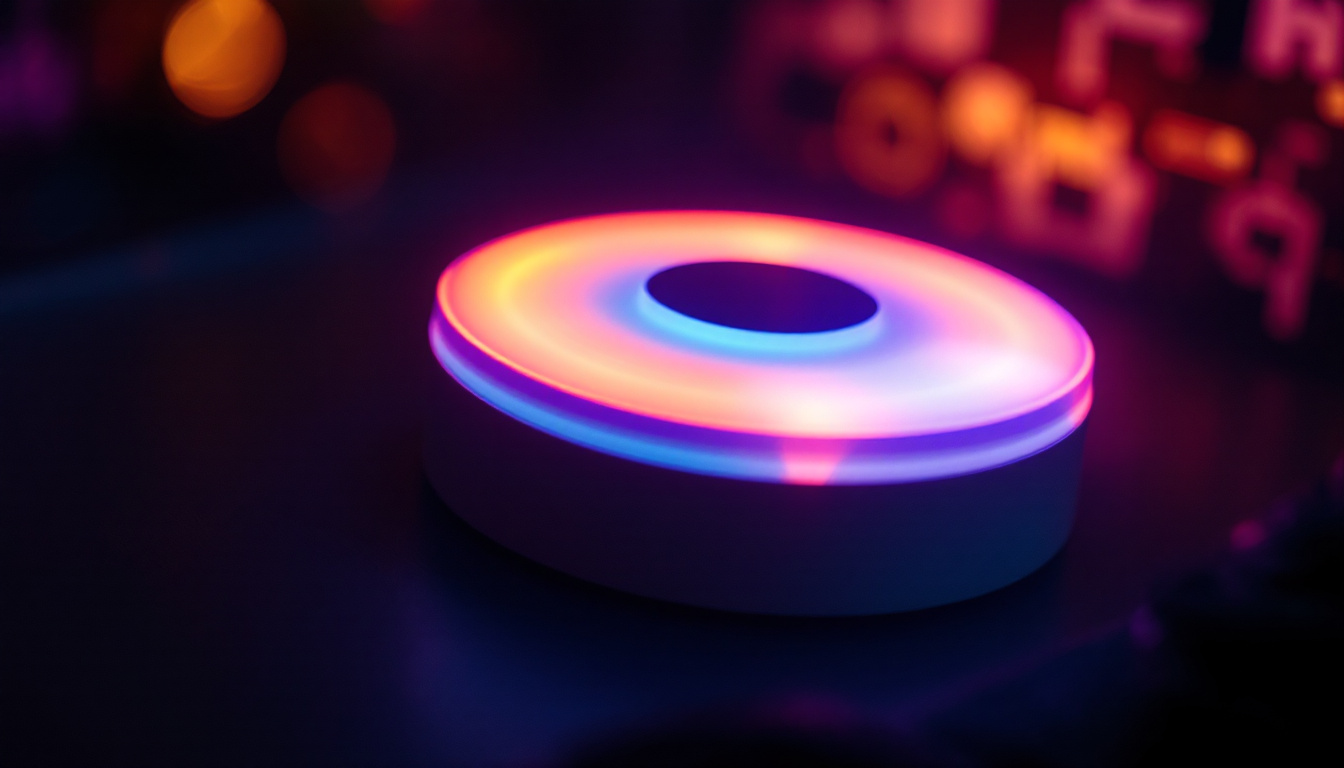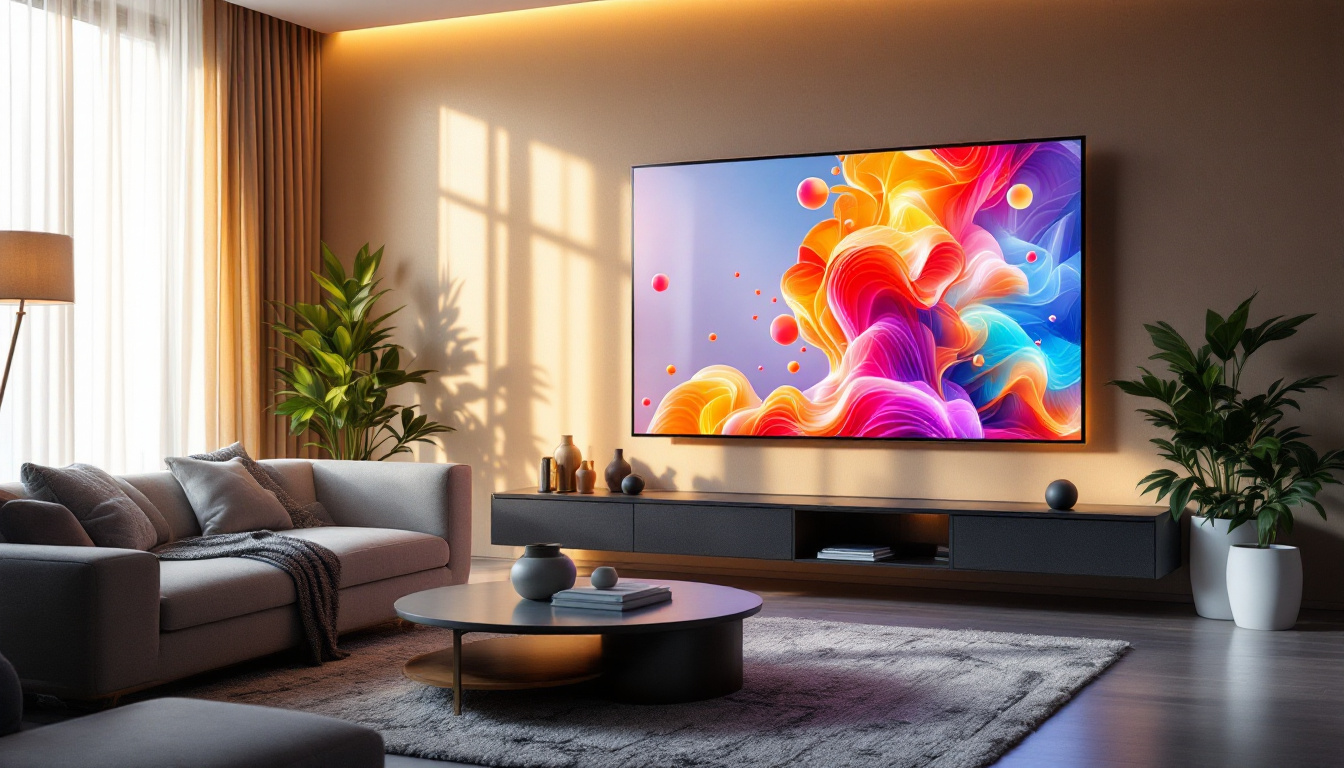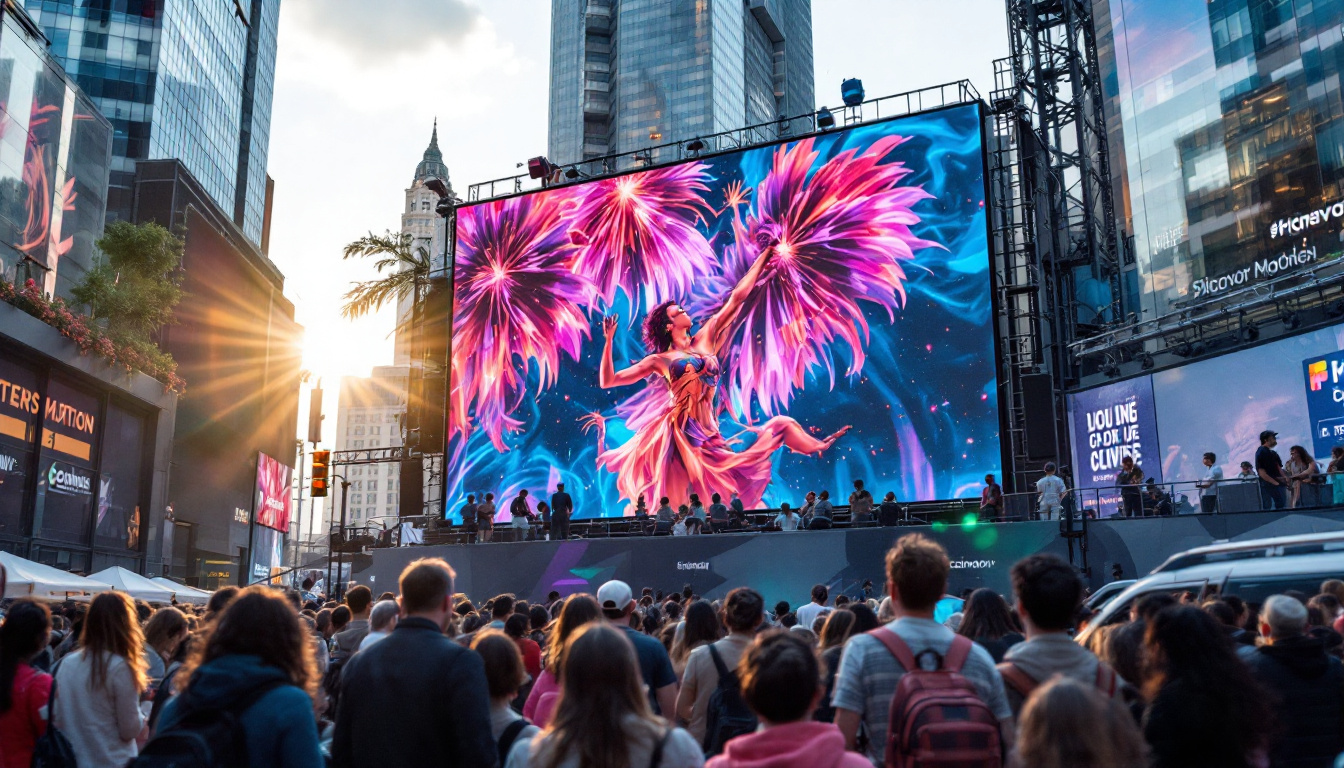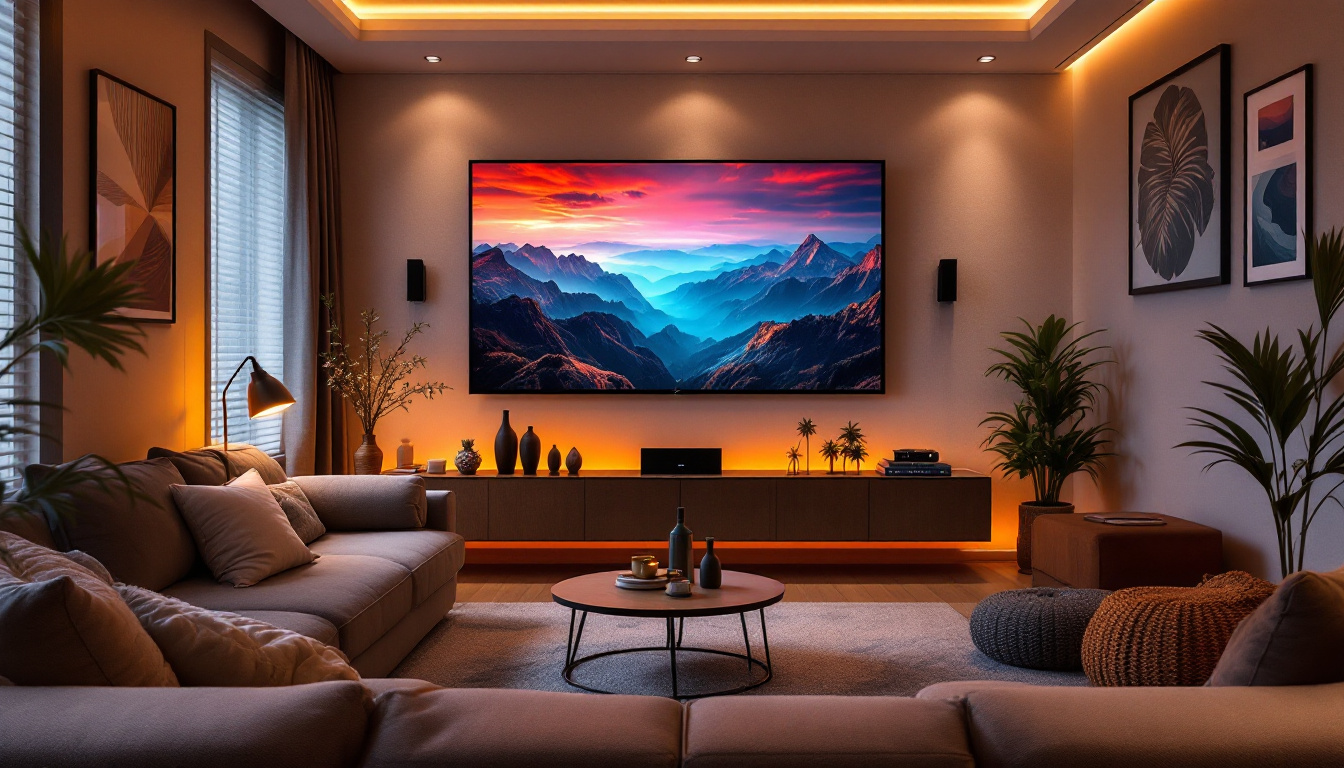In the realm of modern visual communication, artistic video walls have emerged as a captivating medium that combines technology and creativity. These large-scale displays, often constructed from multiple LED panels, provide an immersive experience that can transform any space into a dynamic visual environment. This article delves into the intricacies of LED displays, exploring their technology, applications, and the artistic potential they hold.
Understanding LED Technology
LED, or Light Emitting Diode, technology has revolutionized the way images and videos are displayed. Unlike traditional display technologies, LEDs offer numerous advantages that make them ideal for video walls. Their ability to produce bright, vivid colors and deep blacks enhances the viewing experience, making them a popular choice in various settings, from retail environments to large-scale events.
How LED Displays Work
At the core of LED displays are tiny diodes that emit light when an electric current passes through them. These diodes are arranged in clusters, forming pixels that collectively create images. The ability to control each diode independently allows for vibrant colors and sharp contrasts, making LED displays particularly appealing for artistic applications. This precise control over light emission not only enhances image quality but also enables dynamic content that can change in real-time, providing an engaging experience for viewers.
Moreover, LED technology is energy-efficient, which is a significant advantage for large installations. The low power consumption not only helps reduce operational costs but also minimizes environmental impact, making it a sustainable choice for businesses and artists alike. Furthermore, advancements in LED technology have led to improvements in thermal management, allowing for longer usage times without overheating, which is crucial for events that require extended display periods.
Types of LED Displays
There are several types of LED displays, each suited for different applications. The most common types include:
- Direct View LED: These displays are made up of individual LED modules that can be arranged to form large video walls. They are known for their high brightness and excellent color reproduction, making them ideal for outdoor advertising and large venues where visibility is key.
- LED Backlit LCD: While not purely LED, these displays use LED technology to illuminate an LCD panel. They are often used in environments where cost is a consideration, providing a good balance between performance and affordability. This type of display is commonly found in consumer electronics, such as televisions and computer monitors.
- MicroLED: A newer technology that offers even finer pixel pitch, MicroLED displays are known for their exceptional resolution and contrast, making them ideal for high-end artistic installations. These displays are also modular, allowing for flexible configurations that can adapt to various creative designs and spaces.
In addition to these common types, there are also specialized LED displays designed for specific uses, such as transparent LED screens that allow for visibility through the display while still showcasing vibrant content. This innovation opens up new possibilities for advertising and artistic expression, as they can be integrated into windows or storefronts without obstructing the view. As LED technology continues to evolve, we can expect even more innovative applications that push the boundaries of visual communication.
Applications of Artistic Video Walls
Artistic video walls have found their way into various sectors, each leveraging the technology to enhance viewer engagement and create memorable experiences.
Entertainment Venues
In entertainment venues such as concert halls, theaters, and sports arenas, video walls serve as a powerful storytelling tool. They can display dynamic visuals that complement live performances, creating an immersive atmosphere that captivates audiences. For instance, during a concert, a video wall can showcase synchronized visuals that enhance the music, making the experience more engaging. Beyond concerts, these video walls are also utilized in theatrical productions, where they can project backdrops that change with the narrative, adding depth to the storytelling. The integration of live feeds from the performance can further draw the audience into the experience, making them feel like active participants rather than mere spectators.
Corporate Environments
In corporate settings, artistic video walls are increasingly used for branding and communication. Companies utilize these displays in lobbies, conference rooms, and trade shows to showcase their brand identity and engage clients. By displaying high-quality graphics and videos, businesses can convey their message effectively and leave a lasting impression on visitors. Furthermore, these video walls can be programmed to display real-time data, such as social media feeds or stock market updates, keeping employees and clients informed while reinforcing the company’s image as innovative and forward-thinking. The versatility of artistic video walls allows for customization that aligns with specific corporate events, ensuring that each presentation is unique and impactful.
Public Spaces and Installations
Artistic video walls are also prevalent in public spaces such as museums, galleries, and urban environments. These installations often feature interactive elements, allowing viewers to engage with the content in innovative ways. For example, a public art installation might use a video wall to display changing artworks, encouraging repeat visits and fostering community engagement. Additionally, these installations can serve educational purposes, providing information about the art, the artists, or the themes being explored. In urban settings, video walls can transform public squares into vibrant hubs of activity, showcasing local events, cultural festivals, or community messages, thereby enhancing the social fabric of the area. The ability to adapt content based on current events or seasonal themes ensures that these installations remain relevant and captivating to diverse audiences.
Designing an Artistic Video Wall
Creating an artistic video wall involves careful planning and design to ensure that the final product meets both aesthetic and functional requirements. Several factors must be considered during the design process.
Content Creation
The content displayed on an artistic video wall plays a crucial role in its effectiveness. Artists and designers must consider how their visuals will interact with the technology. High-resolution graphics, animations, and videos are essential to take full advantage of the LED display’s capabilities.
Moreover, the content should resonate with the intended audience and align with the overall theme of the installation. Collaborations between artists, designers, and technologists can lead to innovative content that pushes the boundaries of traditional art forms. For instance, integrating real-time data feeds or interactive elements can create a more immersive experience, inviting viewers to engage with the artwork on a deeper level. Such dynamic content not only captivates the audience but also encourages them to return, as each visit can yield a new experience.
Layout and Configuration
The layout of the video wall is another critical aspect of the design process. The arrangement of LED panels can significantly impact the viewing experience. Factors such as viewing distance, angle, and the surrounding environment must be taken into account to optimize the display’s visibility and impact.
Additionally, the configuration of the panels can vary. Some installations may use a grid layout for a clean, uniform look, while others might adopt a more organic arrangement to create a dynamic visual flow. The choice of layout should complement the artistic vision and enhance the overall experience. Furthermore, considerations such as ambient lighting and the architectural features of the space can influence the design. For example, a video wall in a dimly lit gallery may utilize softer transitions and colors to create a more intimate atmosphere, while a vibrant, outdoor installation might employ bold visuals to capture attention amidst a bustling environment. These thoughtful decisions contribute to a cohesive and impactful artistic statement that resonates with viewers in various contexts.
Challenges and Considerations
While artistic video walls offer numerous benefits, they also present certain challenges that need to be addressed during the planning and implementation phases.
Technical Limitations
One of the primary challenges with LED displays is the technical limitations associated with pixel pitch. Pixel pitch refers to the distance between the centers of two adjacent pixels. A smaller pixel pitch results in higher resolution and better image quality. However, achieving a high resolution can be costly and may not be feasible for all projects.
Furthermore, ensuring consistent color and brightness across all panels can be challenging, especially in large installations. Calibration and maintenance are essential to ensure that the video wall performs optimally over time.
Budget Constraints
Budget constraints are another significant consideration when designing an artistic video wall. The cost of high-quality LED panels, content creation, and installation can add up quickly. It is crucial to establish a clear budget early in the process and prioritize elements that align with the project’s goals.
The Future of Artistic Video Walls
The future of artistic video walls looks promising, with advancements in technology paving the way for even more innovative applications. As LED technology continues to evolve, new possibilities for artistic expression are emerging.
Integration with Interactive Technologies
One of the most exciting trends in the realm of artistic video walls is the integration of interactive technologies. Touch screens, motion sensors, and augmented reality (AR) can enhance the viewer’s experience, allowing for a more immersive interaction with the content. This interactivity not only engages audiences but also encourages them to participate in the artistic experience.
Enhanced Customization
As the demand for personalized experiences grows, the ability to customize content for specific audiences will become increasingly important. Future artistic video walls may feature advanced software that allows for real-time content updates based on audience preferences or environmental factors, creating a unique experience for each viewer.
Conclusion
Artistic video walls represent a fascinating intersection of technology and creativity. With their ability to captivate audiences and transform spaces, they have become a vital tool for artists, businesses, and public institutions alike. By understanding the technology behind LED displays, the various applications, and the design challenges, stakeholders can harness the full potential of this medium.
As technology continues to advance, the possibilities for artistic video walls will only expand, paving the way for new forms of expression and engagement. Embracing these innovations will not only enhance the visual landscape but also enrich the cultural fabric of our communities.
Discover the Future of Visual Engagement with LumenMatrix
Ready to elevate your space with the latest in LED display technology? LumenMatrix is at the forefront of creating immersive environments that captivate and engage. From Indoor and Outdoor LED Wall Displays to innovative solutions like Vehicle, Sports, and Floor LED Displays, we offer a wide range of customizable options to bring your vision to life. Experience the revolution in visual communication and let your message shine with unparalleled clarity. Check out LumenMatrix LED Display Solutions today and transform your audience’s experience.

